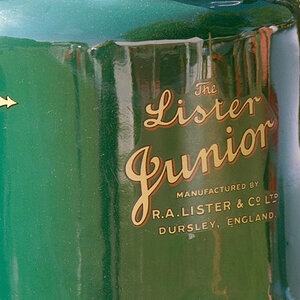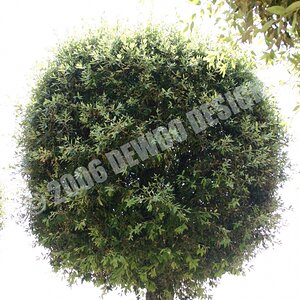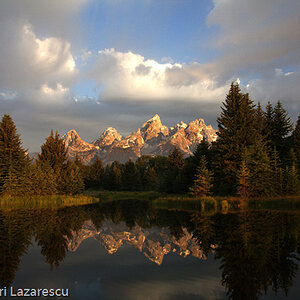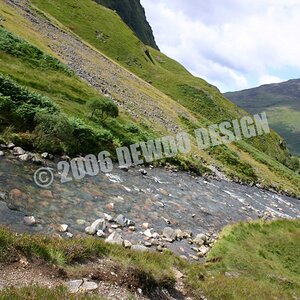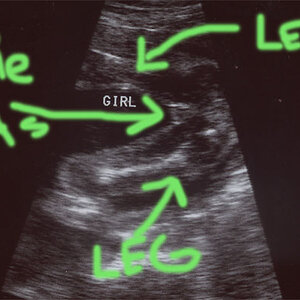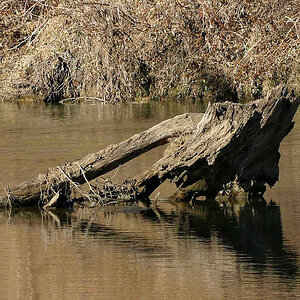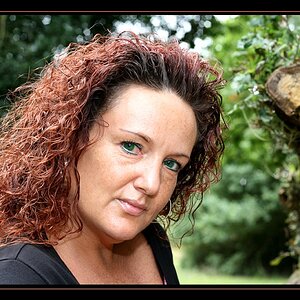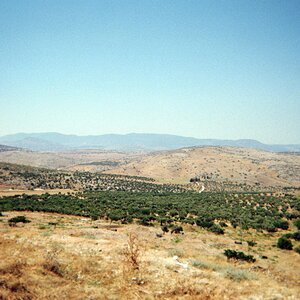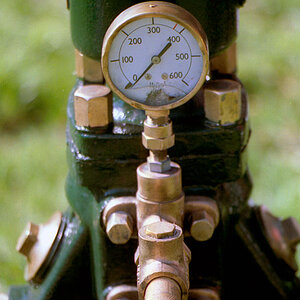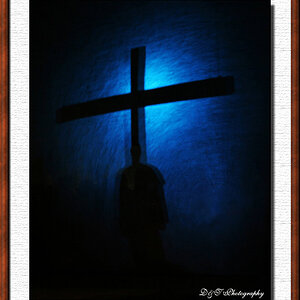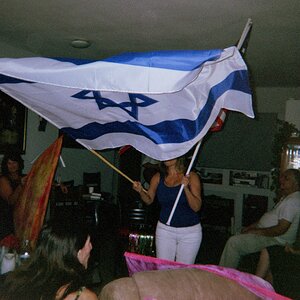5ubz3r0
TPF Noob!
- Joined
- Jan 19, 2010
- Messages
- 34
- Reaction score
- 0
- Location
- London, UK
- Can others edit my Photos
- Photos OK to edit
Hi!
I have asked this question in another thred of mine but thought it would probably gain more attraction in it's own.
I took this pic a few days after I received my Nikon D5000 (I'm very new to photography) I just took this pic whilst playing with the settings on my camera and quite liked it. Looking at it closely I realised his hand is blured . How can I stop this from happening? Apart from adjusting the shutter speed. Can this be amended in programmes such as Photoshop and Lightroom 2? Like a sharpening tool? Please let me know!!
. How can I stop this from happening? Apart from adjusting the shutter speed. Can this be amended in programmes such as Photoshop and Lightroom 2? Like a sharpening tool? Please let me know!!

I have asked this question in another thred of mine but thought it would probably gain more attraction in it's own.
I took this pic a few days after I received my Nikon D5000 (I'm very new to photography) I just took this pic whilst playing with the settings on my camera and quite liked it. Looking at it closely I realised his hand is blured
 . How can I stop this from happening? Apart from adjusting the shutter speed. Can this be amended in programmes such as Photoshop and Lightroom 2? Like a sharpening tool? Please let me know!!
. How can I stop this from happening? Apart from adjusting the shutter speed. Can this be amended in programmes such as Photoshop and Lightroom 2? Like a sharpening tool? Please let me know!! 


